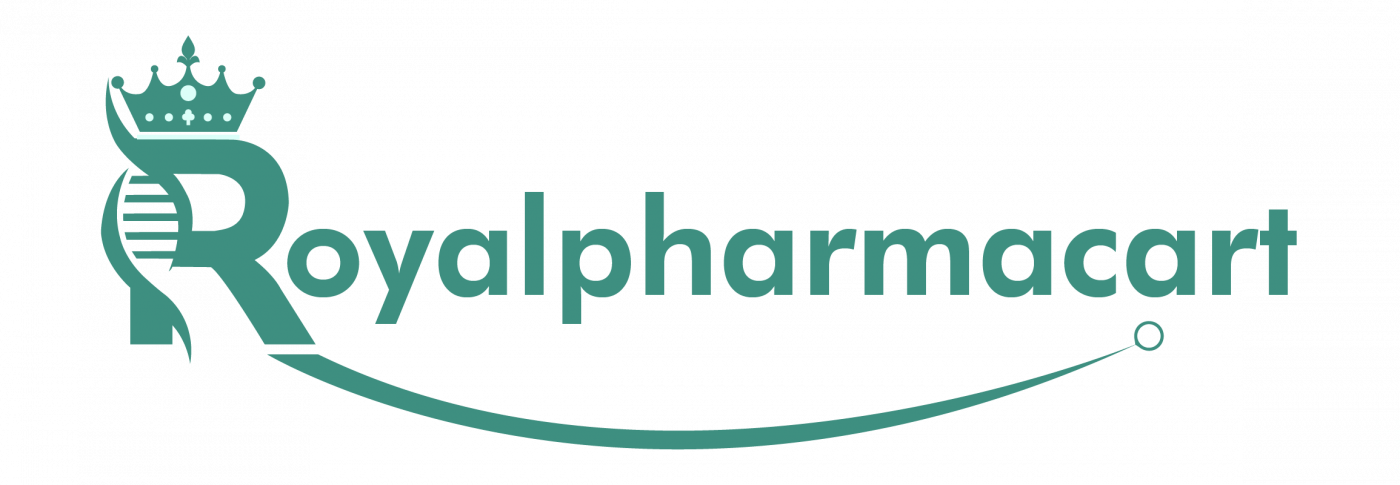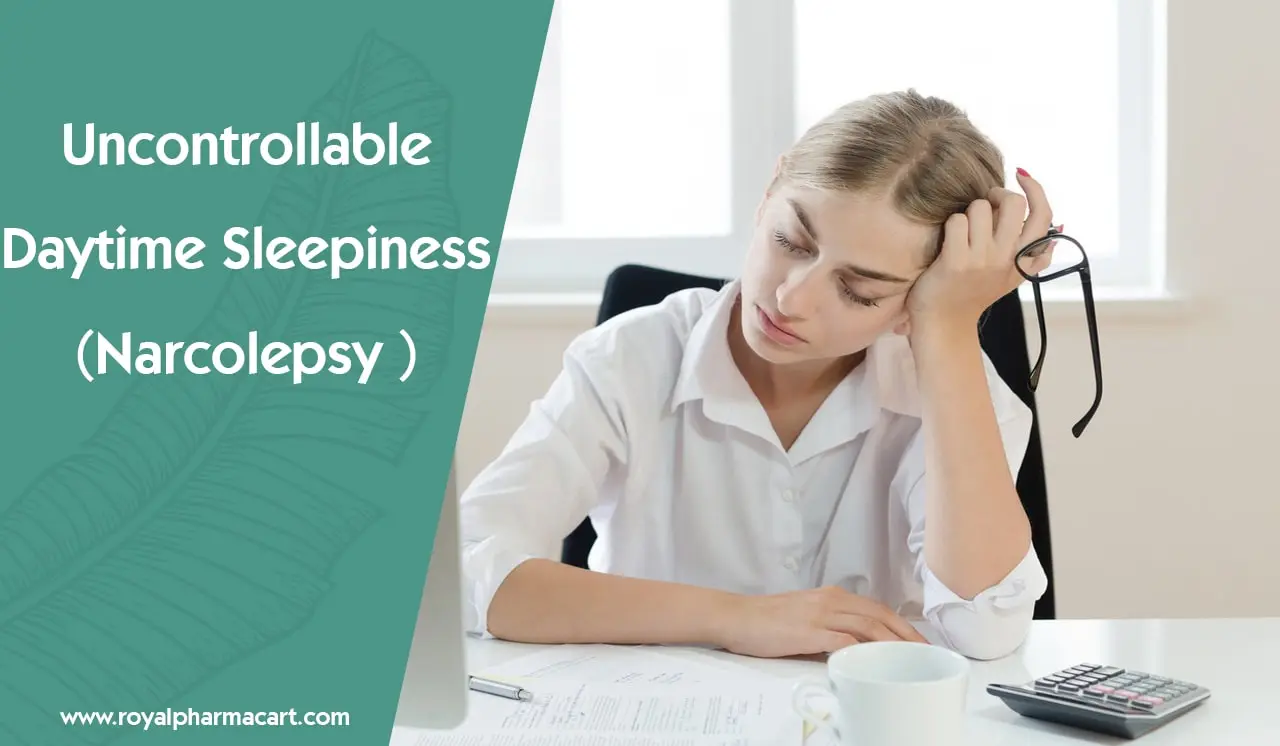Awake Alert, Personal Care
Uncontrollable Daytime Sleepiness (Narcolepsy)
What is Uncontrollable daytime sleepiness (Narcolepsy)?
Uncontrollable Daytime Sleepiness (Narcolepsy) is a neurological disorder that affects wakefulness and sleep. People with narcolepsy can’t help but feel excessively sleepy during the day. You can also fall asleep suddenly at any time during any type of activity.
In a typical sleep cycle, you enter an early phase of sleep, then a deeper phase, and finally (after about 90 minutes) into rapid eye movement (REM) sleep. People with narcolepsy enter REM sleep almost immediately after the sleep cycle, sometimes while awake.
Type 1 narcolepsy is accompanied by sudden loss of muscle tone, leading to weakness and loss of muscle control (cataplexy), whereas type 2 narcolepsy is narcolepsy without cataplexy.
Narcolepsy is often undiagnosed and therefore untreated.
Symptoms of Uncontrollable daytime sleepiness (Narcolepsy)
During REM sleep, we can dream and experience muscle paralysis, which explains some of the symptoms of narcolepsy.
Excessive daytime sleepiness (EDS): In general, EDS makes everyday activities difficult, even if you get enough sleep at night. Lack of energy makes concentration difficult. Memories stop, you feel depressed and exhausted.
Cataplexy: This can lead to a range of problems, from slurred speech to total collapse, depending on the muscles involved. It is often triggered by intense emotions such as surprise, laughter or anger.
Hallucinations: These delusions can occur at any time and are often vivid and frightening. They are mainly visual but can involve any of the other senses. When they occur early in sleep, they are called hypnagogic hallucinations. When they occur during wakefulness, they are called hypnotic hallucinations.
Sleep paralysis: You may not be able to move or speak when you fall asleep or wake up. These episodes usually last from a few seconds to a few minutes.
Sleep disturbances: vivid dreams, breathing problems, and body movements can prevent you from falling asleep at night.
Types of Uncontrollable daytime sleepiness (Narcolepsy)
According to the International Classification of Sleep Disorders, Third Edition2 (ICSD-3), there are two types of narcolepsies: narcolepsy type 1 (NT1) and narcolepsy type 2 (NT2).
Narcolepsy type 1
NT1 is associated with the symptom of cataplexy, which is the sudden loss of muscle tone. NT1 was previously known as “narcolepsy with cataplexy”.
Not all patients diagnosed with NT1 experience episodes of cataplexy. NT1 can also be diagnosed when a person has low levels of hypocretin-1, a chemical in the body that helps control wakefulness.
Even when not present at diagnosis, cataplexy eventually occurs3 in a significant number of people with low hypocretin-1 levels.
Narcolepsy type 2
NT2 was previously known as “narcolepsy without cataplexy”. People with NT2 have many of the same symptoms as people with NT1, but they do not have cataplexy or low levels of hypocretin-1.
If a person with NT2 later develops hypocretin-1 or low cataplexy, their diagnosis may be reclassified as NT1. It is estimated that this change in diagnosis occurs in 10% of cases.
Causes of Uncontrollable daytime sleepiness
Experts don’t know what causes narcolepsy. They believe several things are involved that cause brain problems and interfere with REM sleep.
Scientists are on the verge of discovering a gene associated with the disease. These genes control the production of chemicals in the brain that signal the sleep-wake cycle.
Some experts believe narcolepsy can occur because the brain has difficulty making a chemical called hypocretin. I also discovered a problem with this part.
Risk factors for narcolepsy include age. Narcolepsy usually begins between the ages of 15 and 25 but can occur at any age. If you have a family history of narcolepsy, the risk of developing narcolepsy is 20 to 40 times higher.
Treatments of Uncontrollable daytime sleepiness (Narcolepsy)
Behavioural approaches to treatment
Behavioural approaches are non-medical forms of therapy and there are several ways to incorporate them into the daily routine of people with narcolepsy.
Scheduling short naps: Because short naps are refreshing for people with narcolepsy, scheduling nap times throughout the day can reduce EDS. You may need accommodations at school or work to find time to take naps.
Have good sleep hygiene: To combat lack of sleep at night, people with narcolepsy can benefit from good sleep habits. Good sleep hygiene includes a consistent sleep schedule (for bedtime and wake time), a sleep environment with minimal distractions and disturbances, and limited use of electronic devices before bed.
Avoid alcohol and other sedatives: Any substance that contributes to drowsiness can make narcolepsy symptoms worse throughout the day.
Drive Safely: People with narcolepsy should discuss safe driving with their doctor. Taking a nap before driving and avoiding long or monotonous journeys are examples of measures to improve safety.
Eat a balanced diet: People with narcolepsy are at increased risk of obesity, making eating well an important part of their overall health.
Exercise: Being active can help prevent obesity and can help you sleep better at night.
Seeking support: Support groups and mental health professionals can promote emotional health and counteract the risks of social withdrawal, depression, and anxiety in people with narcolepsy.
Medication
Behavioural approaches are often helpful, but most people with narcolepsy are also treated with medications to help control one or more symptoms.
Narcolepsy medications often relieve symptoms, but they can also cause side effects. These drugs require a prescription and should be used with caution and as directed by your doctor or pharmacist.
The most commonly prescribed drugs for narcolepsy include:
Modafinil and Armodafinil: These Waklert 150 and Modalert 200 two wakefulness-promoting drugs are chemically similar and are usually the first line of treatment for EDS.
Methylphenidate: This is a type of amphetamine that can reduce EDS.
Solriamfetol: This drug was approved by the FDA in 2019 and has shown similar efficacy to modafinil for EDS.
Sodium oxybate: This drug can reduce cataplexy, EDS, and sleep disturbances at night, but it may take several weeks to affect EDS.
Pitrisanto: Approved by the FDA in 2019, Pitrisanto is a wakefulness-promoting drug that has also shown positive effects against cataplexy.
Not all medications work for all patients, and some patients may experience more annoying side effects or interactions with other medications. can identify the drug and dosage that best balance.

